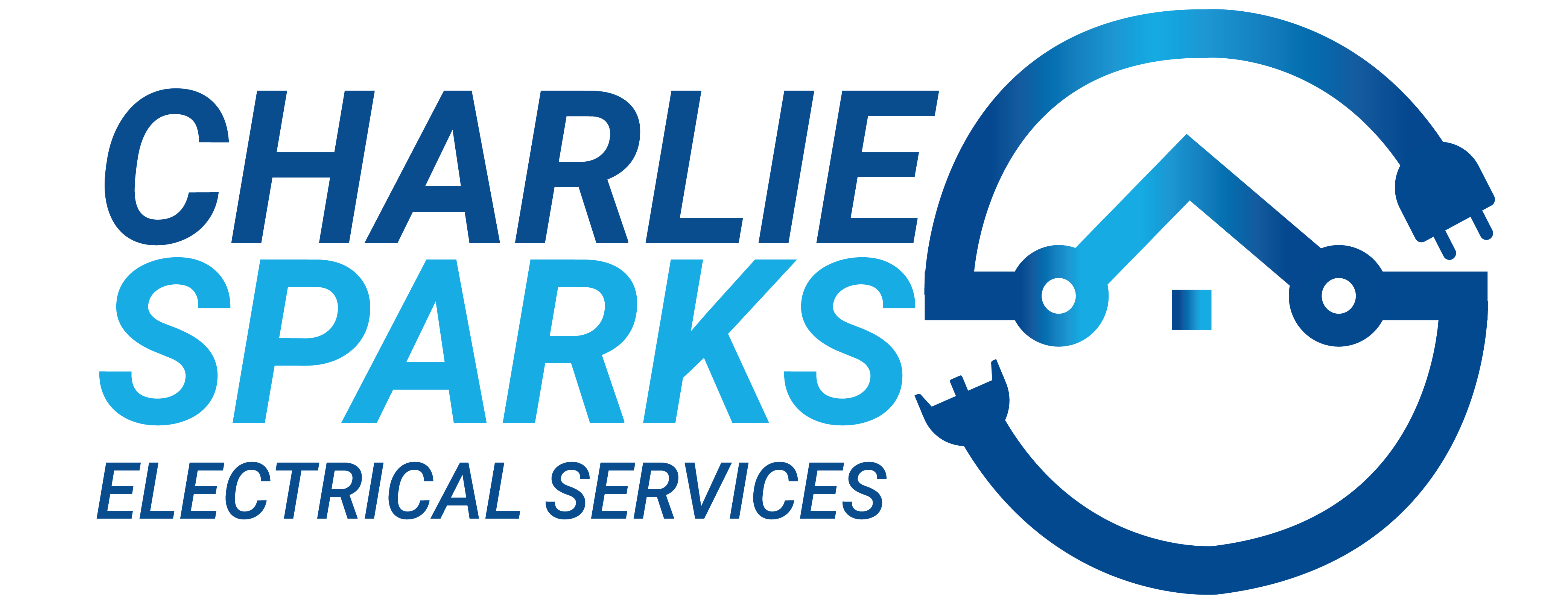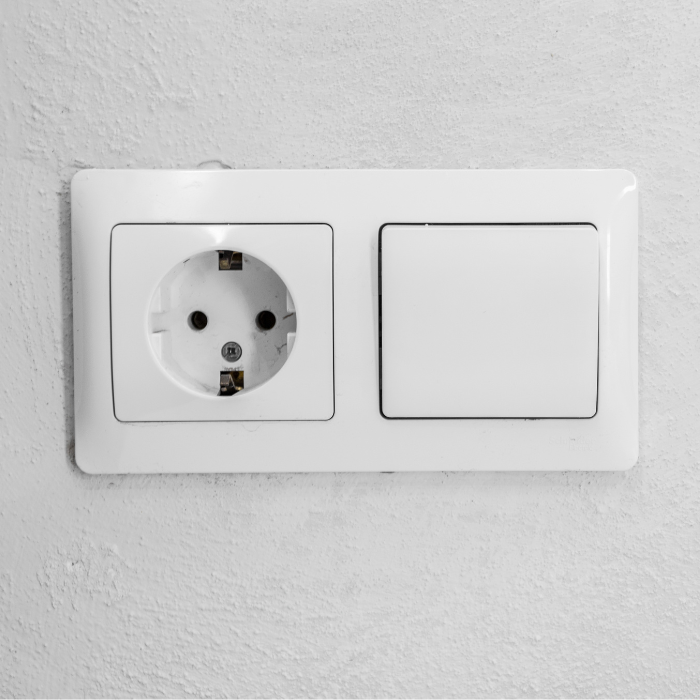Whether in your living room or bedroom, dimmers help adjust the light and set the right mood in the space. And yes, dimmer switches also face problems, including wear and tear, just like any other electrical equipment.
A slightly warm dimmer switch does not indicate trouble. But, if the unit becomes too hot to touch, it’s a problem that needs immediate attention. Such heat can turn into a fire risk within minutes.
Why do these switches become hot? Let’s quickly explore the reasons and troubleshooting steps. But first, here’s a look at most installed dimmers and their structure.
Types of Dimmers
Leading and trailing edge are two of the most installed variants. However, the latter is better paired with LED light fittings.
Trailing edge dimmers have other features like silent running, smooth control, soft start, and multi-method dimming.
Besides the traditional rotary dimmer, there is a push dimmer switch variant available. And lastly, there is a range of intelligent dimmers (Wi-Fi), often installed as a part of home lighting automation systems. They enable users to control lights via web and mobile apps.
Too Hot to Touch
Why is the dimmer switch often slightly warm? This is the question that electricians at Charlie Sparks frequently answer.
Dimmer switches consist of transistors, a triac, or semiconductors that help control the amount of electricity passing through the unit. Some dimmers consist of a metal mounting plate that helps in dispersing the heat built up. And it is normal for this part to heat up a bit.
Simply put, units turning a bit warm is fine. After all, a lot of electricity passes through them when the lights are on for a long time. However, if you cannot touch the dimmer for more than a second, the unit is definitely emitting unbearable heat. So basically, overheating is never OK.
You might wonder, are there any other signs of problems? Yes, flickering or flashing lights also indicate underlying issues.
Troubleshooting a Dimmer Switch
Check the Maximum Load limit
As you probably know, dimmers adjust the light by reducing the flow of electricity. Thus, every unit has a maximum wattage. Unfortunately, homeowners forget to focus on the capacity aspect when replacing lights.
In most cases, homes have 30-Watt and 75-Watt models for indoor lighting. If the wattage of bulbs on a single switch is more than its capacity, the dimmer will heat up. For example, a 75-Watt model will start overloading if it is used for controlling 2* 60-watt bulbs. And dimmers start exceeding the recommended temperature after crossing their maximum load limit.
The easiest way to avoid further problems is to upgrade the switches. Depending on the type and wattage of lights in the room, electricians recommend 25W, 40W, 100W, or 150W variants. No worries, when it comes to the higher limit, there is a 1000 watts dimmer as well.
If your living room has more than two lights, we recommend dividing lights into two dimmer switches to avoid overloading.
Check if the Dimmer Switch is Designed to Work With Your Lights
Lights, including LEDs and CFLs, should be designed to work with dimmer switches. Never pair a non-dimmable light with a dimmer switch. Electricians install trailing edge dimmers (low voltage dimmers) to work with LED lighting.
Are fluorescent and incandescent light dimmers different from those designed for LEDs? Yes indeed. These devices can handle the high voltage demand.
Are you feeling confused? Here is another example.
A leading-edge dimmer designed to work with incandescent light has a maximum capacity of 250W and a minimum of 25W. It will work fine with 2* 60W filament bulbs. But, the same dimmer will create problems if you pair it with 2* 6W LED light bulbs. As a result, lights may fail, flicker, or even blow out.
You won’t have to worry if you let an experienced electrician upgrade the lighting systems in your home. First, professionals check the minimum and maximum wattage. Then, pair lights with appropriate dimmers accordingly.
Reduced Capacity
The dimmer switch loses the current carrying capacity if the unit’s heat fins are removed. Electricians often do it when the unit is fixed in a box with other controllers. Such dimmers heat up quickly, and their load has to be reduced.
Faulty Wiring
A hot dimmer or traditional switch may also indicate possible issues with wiring. Therefore, electricians check the wiring in case of too much heat to ensure nothing is broken or loose.
Conclusion
Most Dimmer switches overheat because they either handle more wattage than the limit, have issues with wiring, or may fail due to wear and tear.
Ignoring the problematic dimmer switch is not recommended. It can melt the attached plastic plate or even degrade electronic components in the circuit.
Don’t put your loved one’s life at risk. Call an electrician from Charlie Sparks today if you live in Sydney or the surrounding areas.




